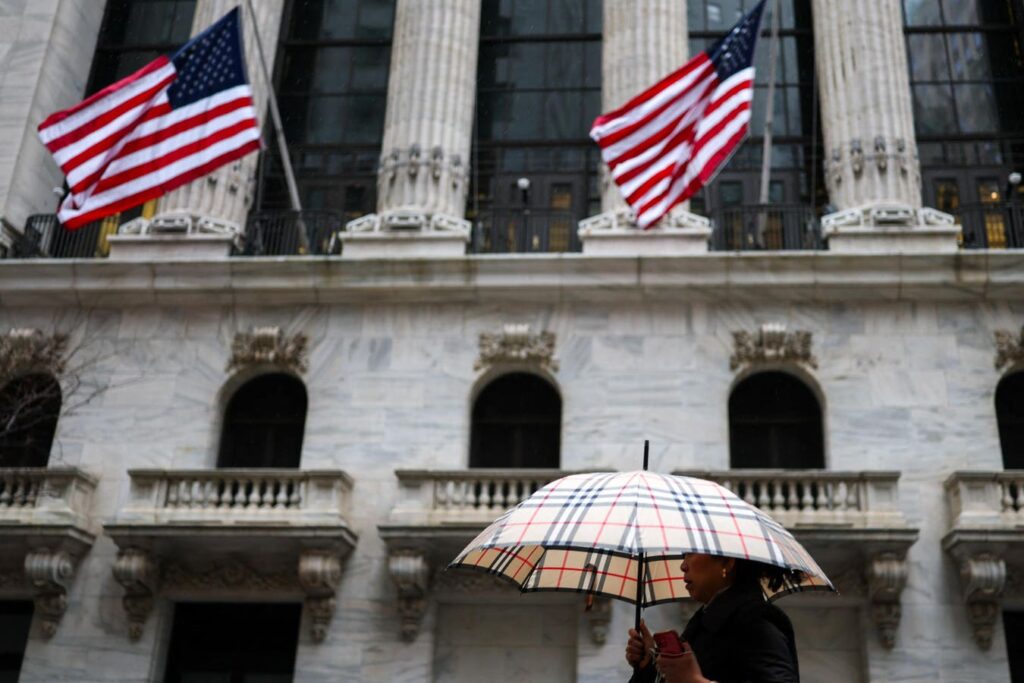This week marked five years since markets reached their Covid-19 crash low point on March 23, 2020, initiating one of the most robust bull markets in history. Propelled by substantial government spending and accommodative fiscal policy, the S&P 500 has advanced approximately 155% through March 26, 2025, according to data from Yahoo Finance—driven by artificial intelligence innovations, a surge in remote work, and extensive stimulus measures. Investors who consistently purchased during downturns—particularly in U.S. technology—have been handsomely rewarded.
Rarely have asset holders experienced such a favorable period. Yet the repercussions of Covid extend beyond prosperity. Inflation, which peaked at 9.1% in 2022—the highest in four decades, per the U.S. Bureau of Labor Statistics—has increased living costs, exacerbated economic disparity, and contributed to rising populism and global unrest.
Now, on this fifth anniversary, the U.S. economy stands at a pivotal juncture. The unified stimulus approach of 2020 has given way to the second Trump administration’s protectionist framework, characterized by 25% tariffs on select imports, reduced immigration, a smaller federal government, and widespread deregulation—a policy shift that may undermine the excess-driven growth model that has prevailed over the past half-decade.
From Excess To Austerity
Market responses are evident. As of March 26, 2025, the S&P 500 has declined 7.3% from its peak of 6,147.43 on February 19, 2025, with technology’s upward trajectory hampered in part by supply-chain concerns linked to tariffs. Trading remains orderly—no widespread panic has emerged—but sentiment has declined sharply.
Consumer confidence is lower today than it was at the Covid low five years ago, and investor sentiment has shifted markedly: nearly 60% now express bearish views, one of the widest bull-bear divergences in recent years, per the American Association of Individual Investors’ latest survey. Historically, such pessimism has signaled buying opportunities. Yet, unlike prior cycles, equities have not reached long-term lows alongside this sentiment, indicating a more profound apprehension.
What underlies this unease? Beyond sentiment, economic indicators present a mixed picture. Unemployment remains stable at 4.1%, according to the Bureau of Labor Statistics, and consumer spending demonstrates resilience.
However, estimates as of March 26, 2025 from the Atlanta Fed’s GDPNow model indicate a shrinking GDP, with real GDP growth for the first quarter of 2025 projected at negative 1.8%—reflecting a major slowdown from recent quarters and suggesting potential headwinds for economic expansion.
A Global Shift
Capital flows further underscore the changing landscape. Funds are increasingly directed toward Europe and China, reversing a decade of U.S. equity dominance, as reported by Yahoo Finance. This shift risks depriving U.S. stocks of the inflows that sustained their post-Covid ascent.
Investors are understandably cautious. The Covid crash demonstrated that economies evolve gradually until a catalyst triggers rapid transformation. Five years ago, that catalyst sparked a prosperity fueled by abundance.
Today, a protectionist policy direction could challenge U.S. equities in ways unseen since the depths of March 2020. Will investors adjust to this more constrained reality, or will they redirect their focus to more promising markets abroad? The trajectory of the next five years may well depend on that decision.
Read the full article here

